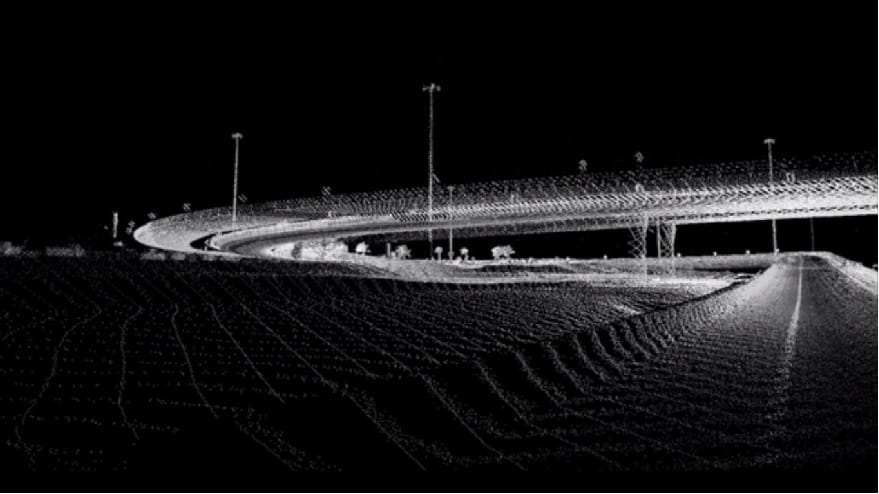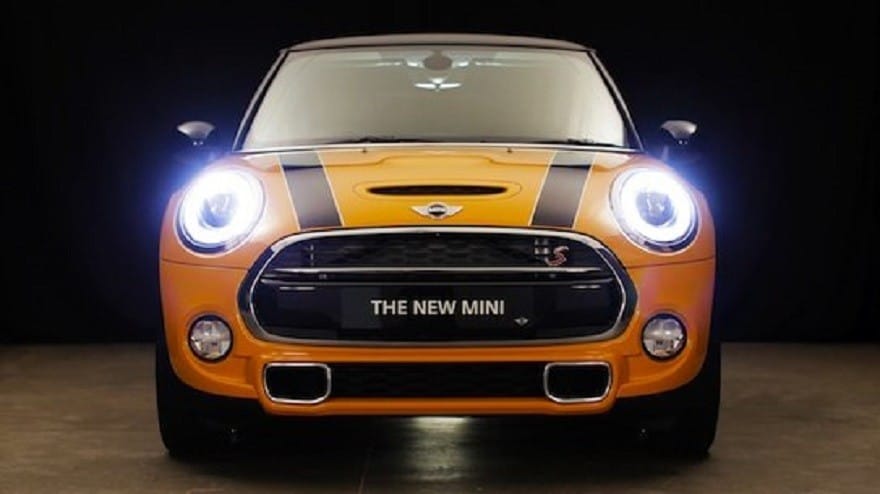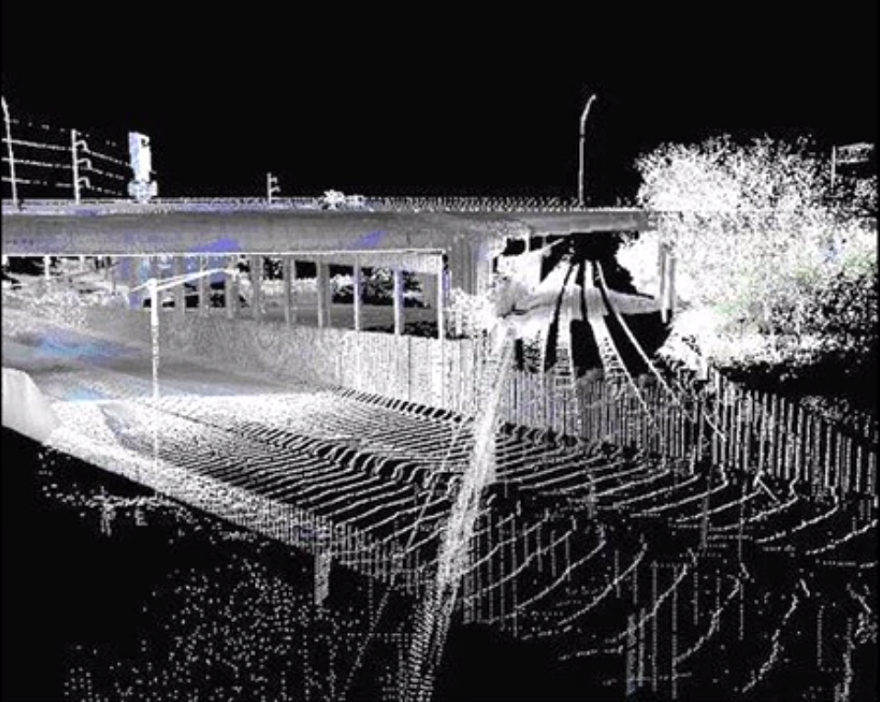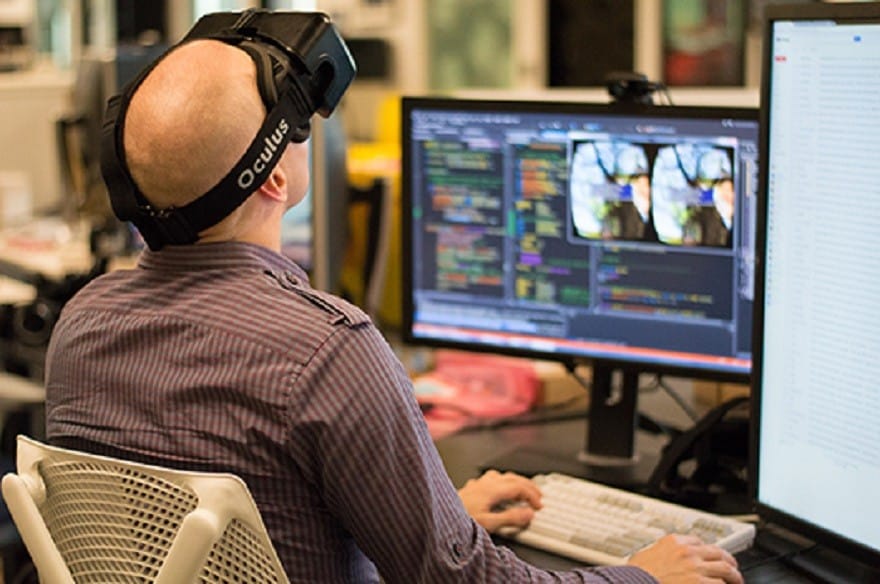Exhibition shows what the world looks like to a driverless car

In a recent interview with Ars Technica, Oculus Rift CEO Brendon Iribe stated that virtual reality is the “ultimate platform” in our future, the grand computing platform that we have dreamt of for years, along with flying cars and robot maids. Basically anything from The Jetsons.
While we haven’t quite accomplished either of these two feats, virtual reality is certainly steering our future towards a world filled with cars that drive themselves.

From September 17-22, the Dezeen and Mini Frontiers Exhibition will display a representation of what the scanners installed into driverless cars capture to create a virtual replica of their surroundings. Architect Pernilla Ohrstedt is partnering with ScanLab Projects, a renowned space-scanning company, to create the landscape of the exhibition that will display at designjunction in London.
“We have scanned the designjunction space,” says Ohrstedt in a short clip about the exhibition, “and from this scan we are extracting the point cloud and superimposing those points back onto the space itself.”
A point cloud, Ohrstedt explains, is the program cars use to obtain data: “It’s just a list of coordinates of points in space.” More data collection will inherit an exact replica of the real world through the massive amounts of data collected by driverless cars driving through cities all over the world.
“In the future it’s really conceivable that we’ll start travelling the virtual world instead of the physical, because it will be scanned at such high resolution.”

Of course, this is already happening.
As Ohrstedt mentions in the clip, visiting a tourist attraction is achievable in minimal scrolls and clicks thanks to Google Earth. But this is still limiting, as traveling via computer screen is not nearly as engaging as walking up to an attraction or interacting with other tourists.
Incorporating physical emotion to visiting a virtual world is prime example of what the Oculus Rift hopes to accomplish, as computers and technology evolve to a point where data can be stored in a pair of thin glasses.
As Iribe states in his interview, “Once you replace vision with a very comfortable virtual vision that you can look around in—that you get the sense of presence, you believe is real and is comfortable—this is the ultimate platform and this is what we’ve been imagining for so many years. The Holy Grail.”

To many people, virtual reality is tailor made to only progress future gaming endeavors, but thinking that narrow hinders how wonderful the virtual world can be in parts of our lives. Virtual worlds can increase our navigation through the real world, and can
For those curious of what a car sees of our world, wait until September to visit the Dezeen and Mini Frontiers Exhibition at designjunction.



